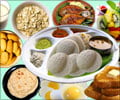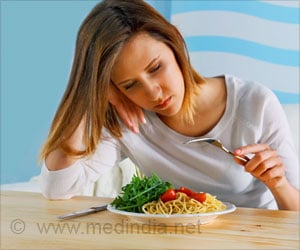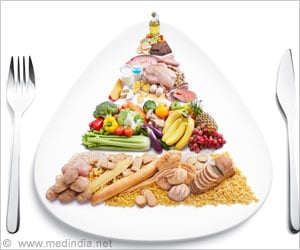A long-term increase in the choice of more healthful food items among customers in a large hospital cafeteria appears to have been triggered by traffic-light coloring.

"Our current results show that the significant changes in the purchase patterns of both hospital employees and all customers resulting from the labels and the choice architecture program did not fade away as cafeteria patrons became used to them," says Anne Thorndike, MD, MPH, of the MGH Division of General Medicine, who led the study. "This is good evidence that these changes in healthy choices persist over time."
Initiated in March of 2010, the program was developed by the research team – including leaders of the MGH Food and Nutrition Service – to deliver information about healthy food choices in a simplified way that did not require reading and understanding detailed food labels. The first phase involved the application of "traffic light" labels – green for the healthiest items, such as fruits, vegetables and lean sources of protein; yellow for less healthy items, and red for those with little or no nutritional value – to all items in the main hospital cafeteria. Several weeks before the labels were introduced, cafeteria cash registers began to identify and record each purchased item as red, yellow or green.
The second "choice architecture" phase, started three months after the labels were introduced, focused on cold beverages, pre-made sandwiches and chips – all of which were rearranged to display more healthful items where they were most likely to be selected. For example, bottled water, diet beverages and low-fat dairy products were positioned at eye level, while beverages with yellow or red labels were placed at lower levels.
As the team reported in the March 2012 American Journal of Public Health, at the end of the initial six-month study period, the program led to significant increases in the purchases of "green" items and reduced purchases of "red" items, with the largest changes in beverage purchases. A subsequent study in the September 2012 American Journal of Preventive Medicine, focused on employees enrolled in a program in which their meals could be paid by payroll deduction, revealed similar changes in purchase patterns across all racial and ethnic groups as well as job types.
The current study analyzed purchase patterns for the 24 months following the program's implementation and found that the changes present at the end of the first year were virtually unchanged at the end of the second. Overall, purchases of "green" items had increased 12 percent, compared with the pre-intervention period, and "red" item purchases dropped 20 percent. Purchases of "red" beverages – primarily sugar-sweetened beverages – dropped 39 percent, while "green" beverage purchases increased 10 percent. The changes remained similar for all types of employees, and overall cafeteria sales during the two-year period were stable.
Advertisement
Source-Eurekalert















